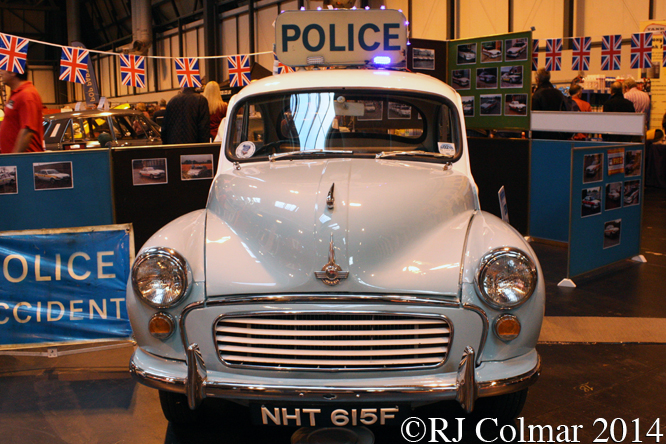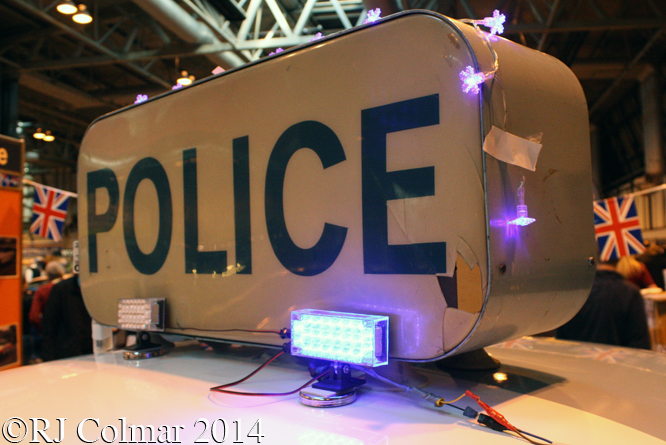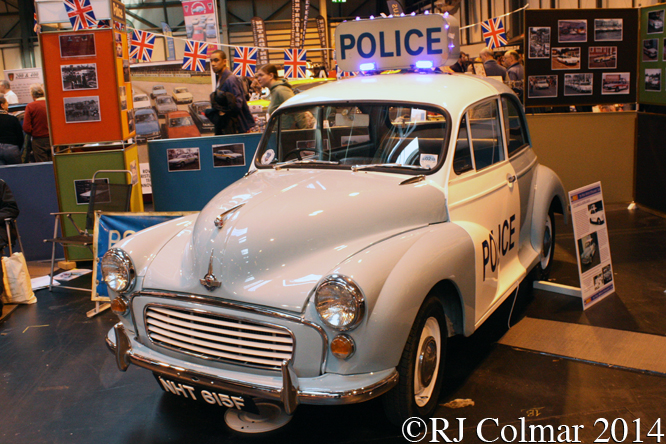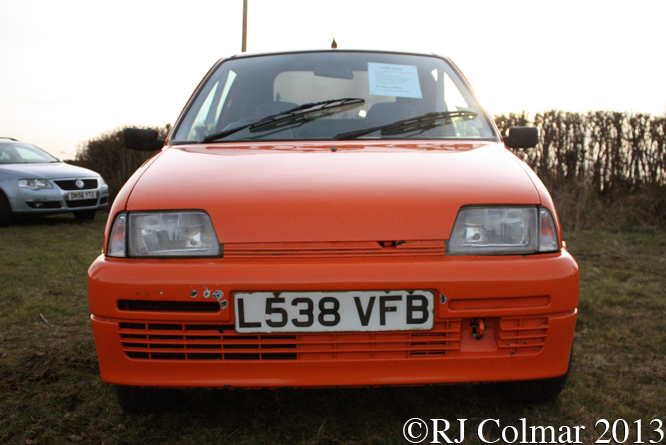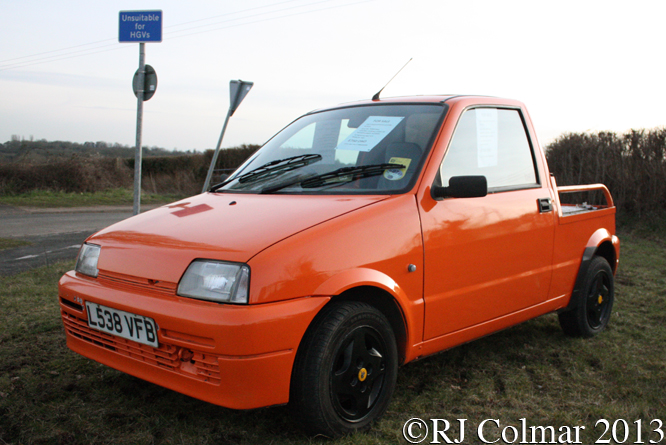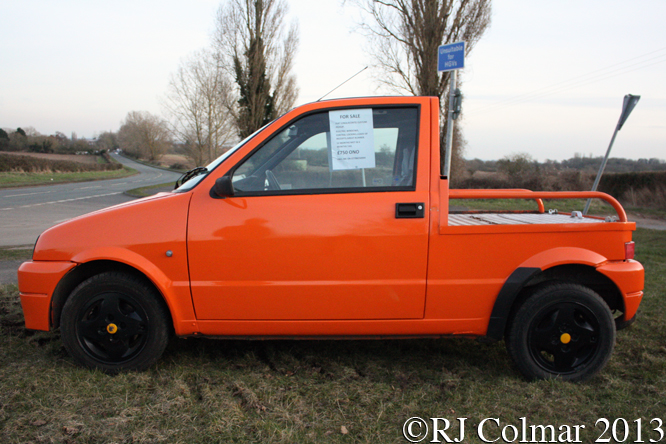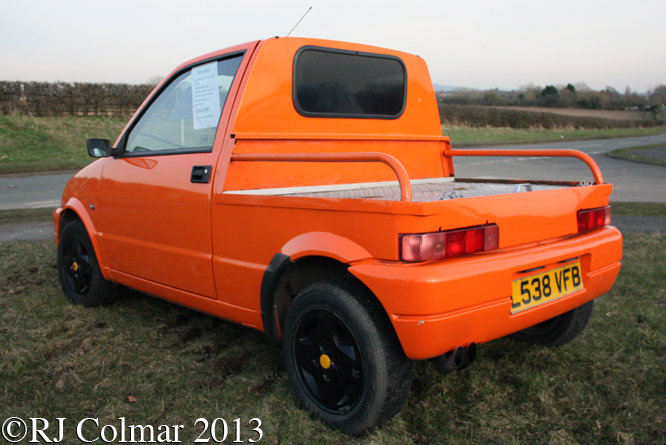In 2000 BMW gave up on it’s attempt to revive the Rover Group after six years and sold most of the assets packaged as the MG Rover Group to the Phoenix consortium. At this point all models, bar one the ’75’, in the MG Rover groups portfolio were around five years old and Phoenix determined that their first new car would be aimed at the city car market segment that had once been an almost exclusive preserve of the Mini, a product of earlier incarnations of the MG Rover Group.
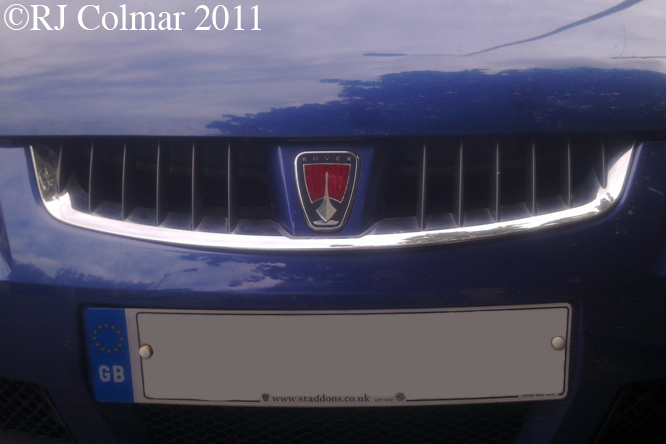
MG Rover Group did not have any research and development assets so they looked for a partner that would be offered a stake in the group in return for a new car. A deal was done with Indian manufacturers TATA who would build a version of the first ever completely indigenous Indian passenger car the Indica.
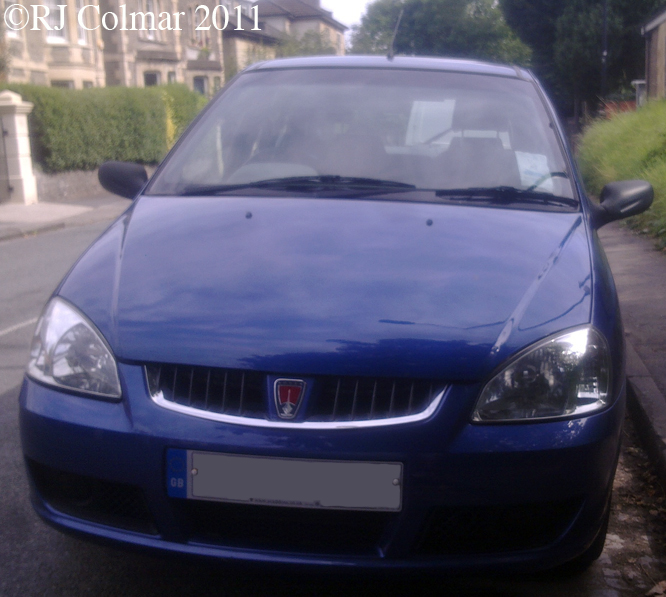
The design criteria for the Indica were that it would be the size of a Maruti Zen, similar to the Suzuki Cervo Mode, the internal dimensions of the Hindustan Ambasador, a cast off from a previous in carnation of the MG Rover Group that is still in production who’s design heritage can be traced back to the Morris Oxford of 1948, the price of a Maruti 800, another Suzuki related product, and the running cost of a diesel.
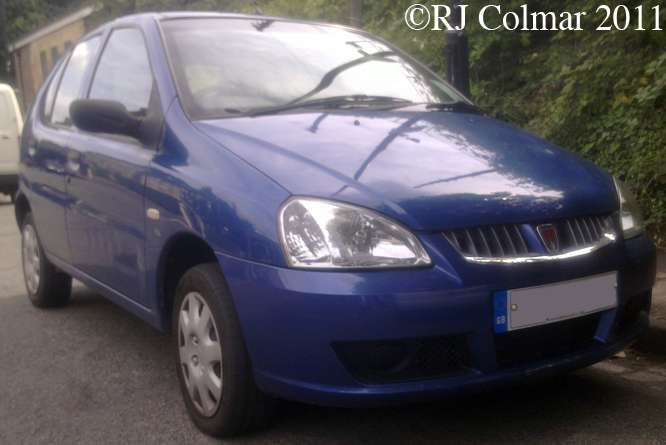
The design work was carried out by I.D.E.A. in Italy and after a false start with some quality issues the TATA Indicia, launched in 1998, with a Peugeot derived motor proved to be a big hit on the Indian sub continent. Despite the absence of a development budget, apart from the badging, alterations made to the Indicia to suit the needs of European motoring included an upgraded engine to produce 84 hp and exceed more stringent emissions regulations, increase in road wheel size from 13 to 14 inches and corresponding alteration of gear ratio’s, stiffer front and rear spring rates, lowered suspension and increased gearing for the steering.
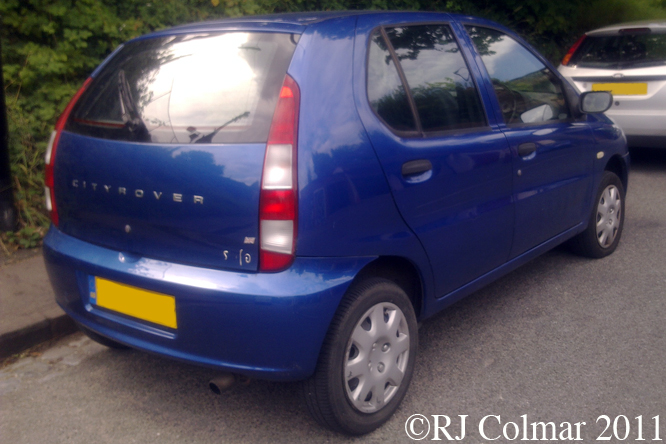
Production of the Rover CityRover began in Pune India in 2003 but the cars launch was marred by questions over the MG Rover Groups finances and by the newly crowned 2004 European Car of the year the FIAT Panda which was a game changing generation ahead of the CityRover and cheaper too.
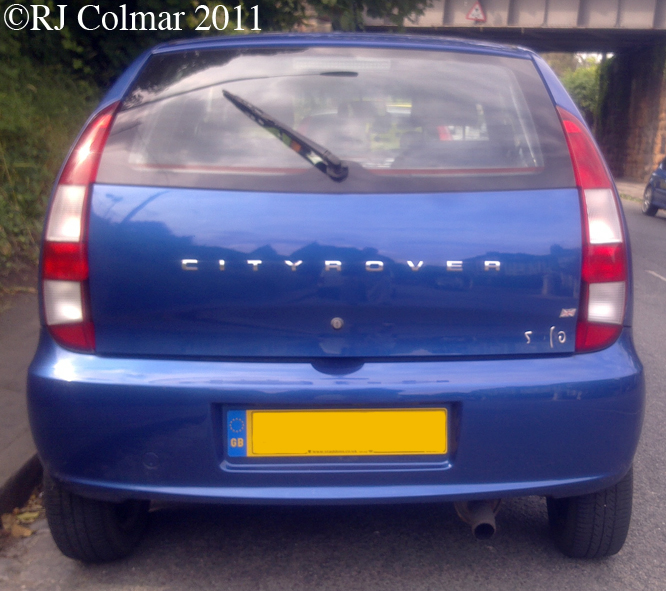
While the CityRover was praised for it’s performance and handling it was let down by interior quality, lack of equipment and above all headlining city car market segment price. In July 2005 MG Rover was liquidated with the loss of 6,000 jobs in the company and a further 25,000 jobs in related suppliers companies. Nanjing acquired the assets of the MG Rover Group.
Around 6000 CityRovers, such as the base Solo model seen here, were sold in it’s first year and a further 1200 Mk2 versions were sold through non franchised dealers after the MG Rover Groups liquidation.
Thanks for joining me on this ‘CityRover’ edition of getting a lil’ psycho on tyres’. I hope you will join me again tomorrow when I’ll be looking at a Coupé built in The Netherlands. Don’t forget to come back now !
